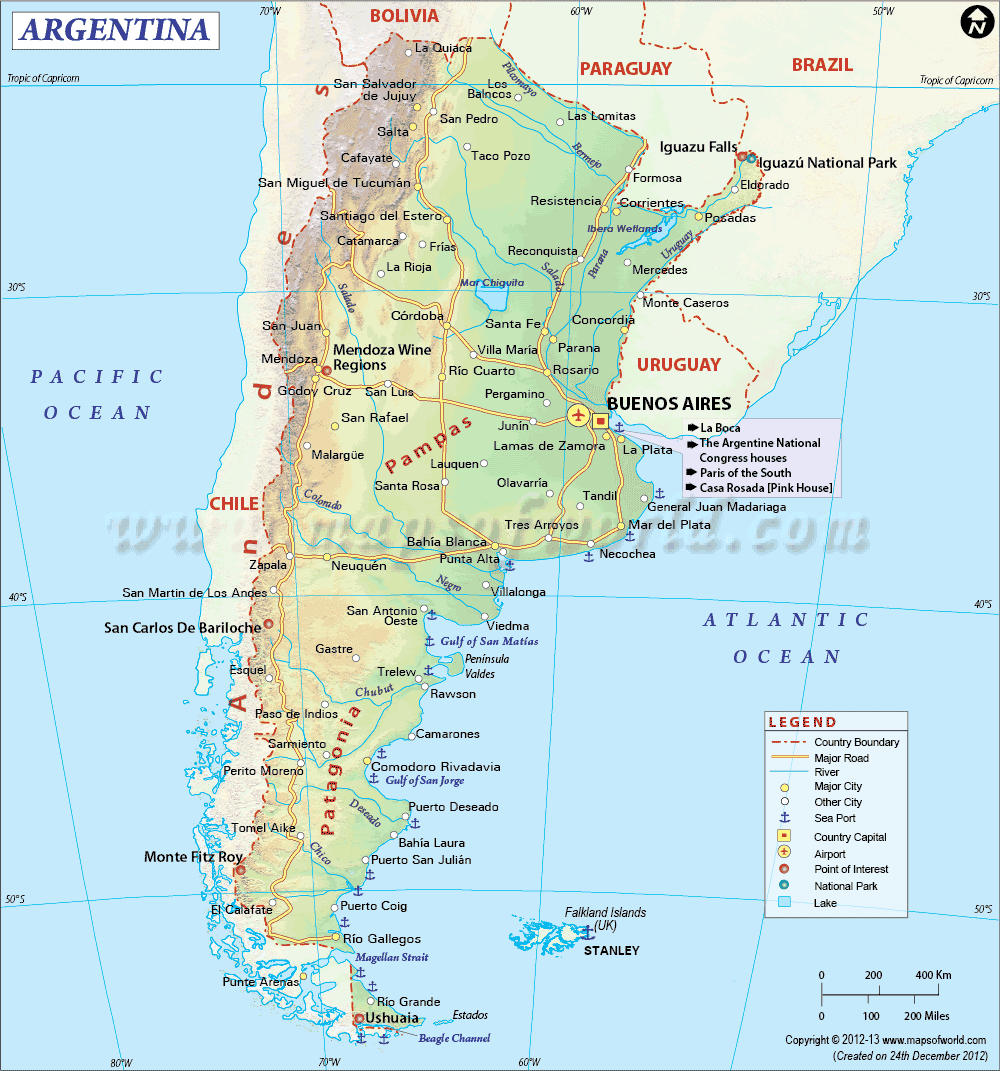- In the extension bar, click the AdBlock Plus icon
- Click the large blue toggle for this website
- Click refresh
- In the extension bar, click the AdBlock icon
- Under "Pause on this site" click "Always"
- In the extension bar, click on the Adguard icon
- Click on the large green toggle for this website
- In the extension bar, click on the Ad Remover icon
- Click "Disable on This Website"
- In the extension bar, click on the orange lion icon
- Click the toggle on the top right, shifting from "Up" to "Down"
- In the extension bar, click on the Ghostery icon
- Click the "Anti-Tracking" shield so it says "Off"
- Click the "Ad-Blocking" stop sign so it says "Off"
- Refresh the page
- In the extension bar, click on the uBlock Origin icon
- Click on the big, blue power button
- Refresh the page
- In the extension bar, click on the uBlock icon
- Click on the big, blue power button
- Refresh the page
- In the extension bar, click on the UltraBlock icon
- Check the "Disable UltraBlock" checkbox
- Marque la casilla de verificación "Desactivar UltraBlock"
- Please disable your Ad Blocker
If the prompt is still appearing, please disable any tools or services you are using that block internet ads (e.g. DNS Servers).

 Wall Maps
Wall Maps